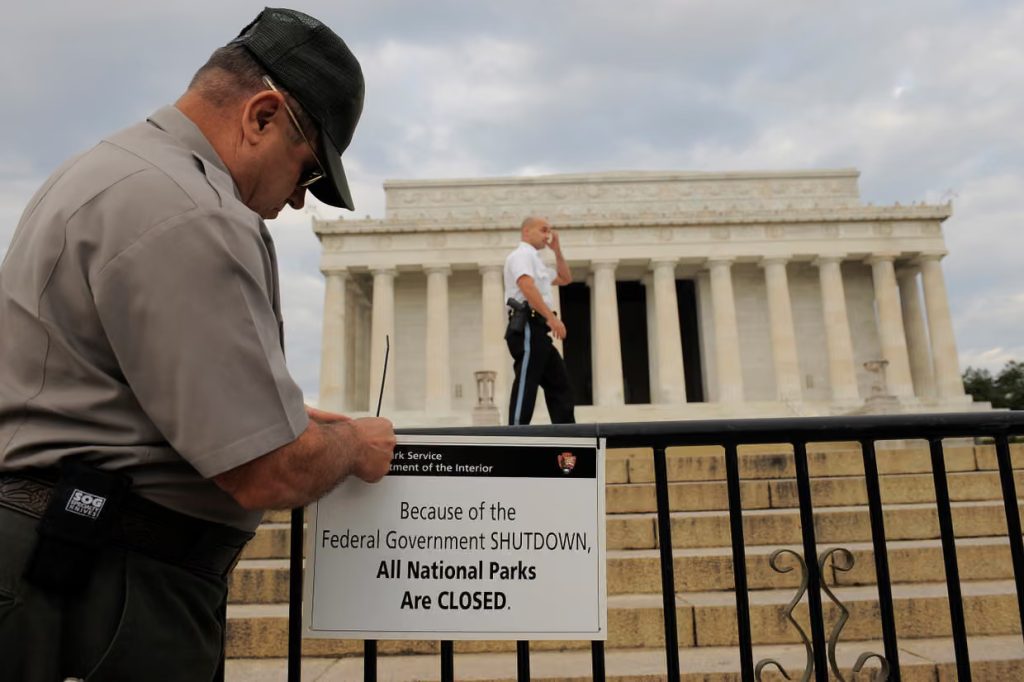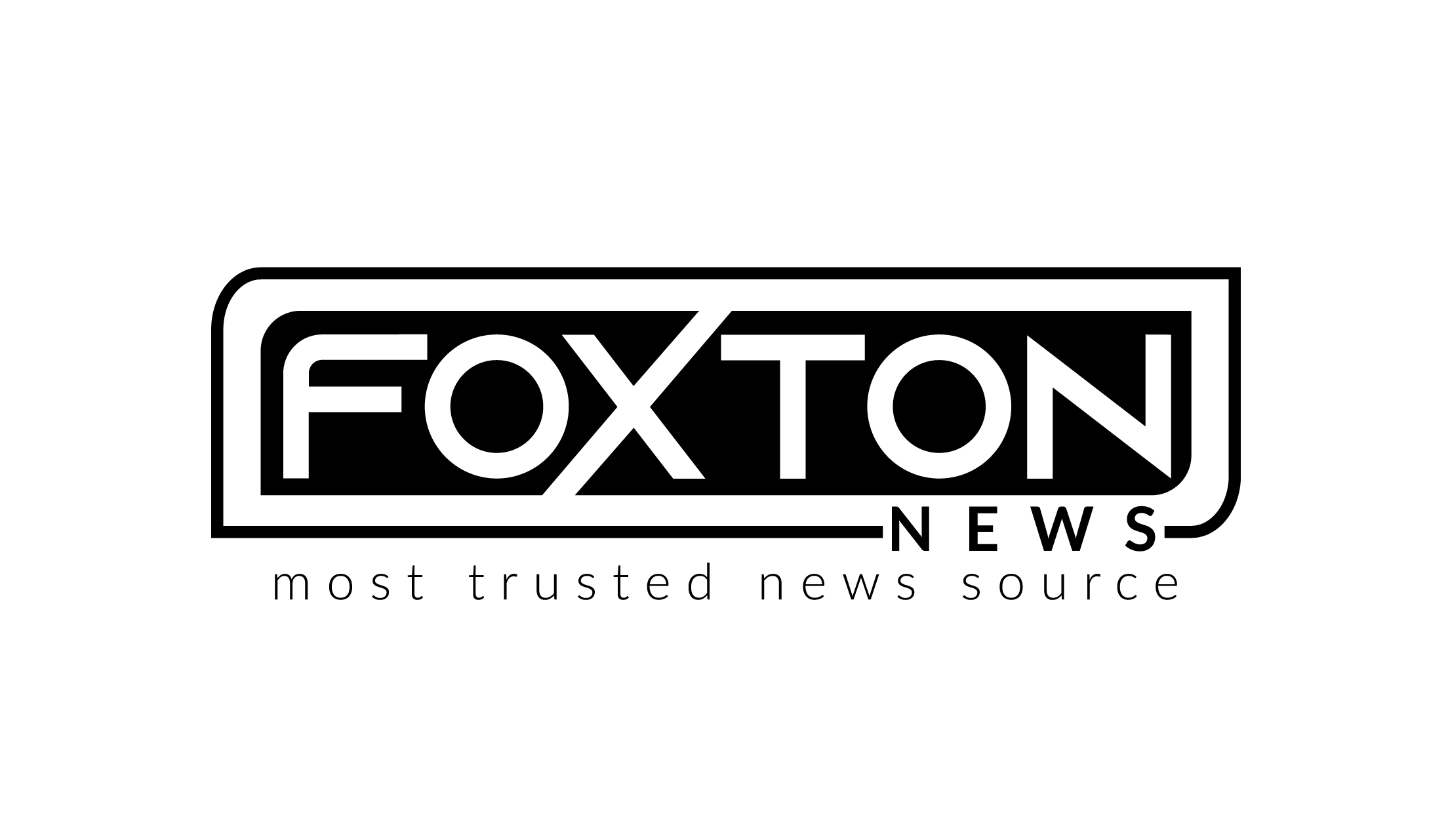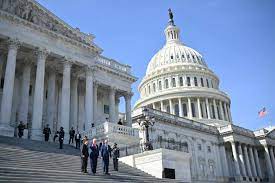Federal Government Begins Shutdown as Funding Talks Collapse
Washington, D.C. (October 1, 2025) – A large portion of the U.S. federal government officially began shutting down early Wednesday after lawmakers in Congress failed to reach a funding agreement before the midnight deadline, setting off a new political standoff with far-reaching implications for public services, federal workers, and the broader economy.
Efforts to pass a temporary spending bill stalled amid deep divisions between Republicans and Democrats, leaving critical agencies without funding as the new fiscal year began. The shutdown comes amid heightened political tension and growing uncertainty about how long the impasse may last.
No Deal as Stopgap Measure Falls Apart
Republicans had proposed a short-term funding bill that would have kept government operations running through November 21, but Democrats withheld support, demanding that the legislation also reverse recent Medicaid cuts and extend health insurance subsidies tied to the Affordable Care Act.
GOP leadership dismissed those conditions outright. Republican lawmakers then moved to block a separate Democratic proposal, leaving both parties at an impasse.
With the House not scheduled to reconvene this week, and neither side showing signs of compromise, the federal government is now facing what could become an extended shutdown. Federal workers across the country are being furloughed or required to work without pay, while public agencies brace for service disruptions.
White House Escalates Pressure with Layoff Threats
In a controversial move that has escalated tensions, the White House’s Office of Management and Budget (OMB) has ordered agencies to begin preparing for permanent layoffs in addition to the standard furloughs that accompany shutdowns.
According to internal OMB memos, federal departments are being told to draft reduction-in-force (RIF) notices for any programs that are out of alignment with what the administration calls “presidential priorities.” The potential for permanent job losses has sparked outrage from unions and Democratic leaders.
The shutdown follows a broader effort by the Trump administration to downsize the federal workforce, part of a campaign led by the so-called Department of Government Efficiency, an experimental office created under Elon Musk’s direction earlier this year.
Speaking at a business forum on Tuesday, President Donald Trump doubled down on the shutdown strategy: “Sometimes a shutdown is exactly what we need to clean house. There are programs and departments we’ve wanted to get rid of for years.”

Democrats Push Back: ‘We Won’t Be Bullied’
Democratic leaders have fiercely opposed the layoff threats and the administration’s broader shutdown strategy. House Minority Leader Hakeem Jeffries condemned the move, saying the party “will not be intimidated by political games or illegal threats.”
Jeffries singled out OMB Director Russell Vought, telling reporters: “Our message to him is simple: get lost. You don’t get to rewrite the rules just because you want to gut public services.”
Two major federal employee unions filed a lawsuit on Tuesday, accusing the Trump administration of illegally threatening mass terminations as part of a political maneuver. Legal experts say the outcome could set an important precedent on how future shutdowns are managed.
Understanding the Shutdown: What It Means
A government shutdown occurs when Congress fails to pass appropriations bills or a continuing resolution to fund federal operations. Under federal law, agencies must halt most activities once existing funding expires. Employees who are deemed “non-essential” are placed on unpaid leave, while “essential” personnel must report to work without pay until funding is restored.
During a shutdown, the scope of disruption varies by agency. Some services continue, while others are suspended entirely. Agencies have been issuing contingency plans, outlining which operations will pause and which will continue.
Essential programs like Social Security, Medicare, air traffic control, and national security operations remain active. However, areas such as national parks, education, scientific research, and non-emergency regulatory inspections are among the most affected.
How Long Could the Shutdown Last?
There’s no clear answer yet. Past shutdowns have lasted anywhere from a few days to several weeks. The longest shutdown on record occurred in 2018 during President Trump’s first term and stretched over 34 days, sidelining more than 800,000 federal workers.
This time, the duration could depend on how long Republicans and Democrats remain entrenched in their positions. With Congress deeply divided and the presidential election looming in 2026, neither side appears willing to make the first move.
What Caused This Year’s Shutdown?
The fiscal year officially began on October 1, but no agreement was reached on how to fund the government, even temporarily. Republicans, who currently hold majorities in both chambers of Congress, introduced a continuing resolution that would maintain current spending levels through late November. That measure passed the House but fell short in the Senate, where 60 votes are required to overcome a filibuster.
Senate Democrats, meanwhile, demanded amendments to the bill, including:
- Reinstating Affordable Care Act subsidies set to expire at year’s end
- Reversing Medicaid cuts made in the One Big Beautiful Bill Act
- Restoring funding for public broadcasting, which was eliminated in a Republican-led rescission package
With Democrats locked out of full control in Washington, their leverage lies in the Senate, where their support is needed to pass any budget bill.
Trump, who hosted congressional leaders at the White House earlier this week, was unable to broker a deal. According to aides, the talks devolved into finger-pointing and ended without a breakthrough.
Shutdown Fallout: Who’s Affected and How?
According to new estimates from the Congressional Budget Office (CBO), nearly 750,000 federal employees will be furloughed each day of the shutdown. That doesn’t include an additional group of “excepted” employees—those in vital roles—who must continue working without compensation.
Here’s how different sectors may be affected:
- Federal Agencies: The Department of Education announced that nearly all of its staff would be furloughed. The Department of Homeland Security, however, said most of its personnel would remain active due to their law enforcement duties.
- National Parks: According to the Interior Department’s latest contingency plan, most park roads, trails, and open-air memorials will remain accessible, but visitor centers, ranger services, and restrooms may be closed. During the 2019 shutdown, several parks reported staff shortages, litter buildup, and even accidents and fatalities tied to limited supervision.
- Transportation and Travel: Air traffic control and TSA operations are considered essential and will continue. However, delays may occur as furloughed support staff and regulatory workers are unavailable.
- Public Health and Safety: Agencies like the Food and Drug Administration (FDA) may pause routine inspections, while CDC programs could see limited staffing. Emergency responses will continue.
- Mail and Postal Services: The U.S. Postal Service operates independently and will not be affected. Mail delivery will continue as usual.
Broader Economic and Social Impacts
While the early days of a shutdown may seem like a bureaucratic inconvenience, the consequences can deepen quickly if the stalemate drags on.
Past shutdowns have:
- Disrupted immigration court hearings
- Delayed tax refunds and loan approvals
- Interrupted federal research grants
- Reduced access to small business services
- Damaged consumer confidence
Economists warn that a prolonged shutdown could reduce GDP growth, unsettle markets, and strain already thin public trust in government. According to Moody’s Analytics, even a short shutdown could shave 0.2–0.3% off quarterly economic growth, while a long-term disruption could push some sectors—like tourism and contracting—into decline.
Political Stakes Rise Ahead of 2026 Elections
The shutdown is unfolding against a tense political backdrop. With the 2026 midterms less than a year away, both parties are trying to define the narrative.
Republicans argue they are protecting fiscal responsibility by holding the line on spending. Democrats counter that GOP tactics are reckless and designed to dismantle key social programs by force rather than through democratic consensus.
For federal workers, the shutdown isn’t just a political talking point—it’s a crisis. Many are living paycheck-to-paycheck and face immediate hardship due to missed wages.
“This isn’t governance—it’s hostage-taking,” said one furloughed worker at the Environmental Protection Agency, speaking anonymously out of fear of retaliation. “We’re caught in the crossfire of a fight we didn’t start.”
What Comes Next?
Unless a last-minute agreement emerges or one side caves to public pressure, the shutdown could stretch well into the fall. Lawmakers have acknowledged that negotiations could take weeks, particularly if the White House insists on further workforce reductions.
Meanwhile, the lawsuits filed by federal unions may gain traction and slow down the administration’s efforts to implement permanent layoffs.
As the country enters another uncertain chapter of political brinkmanship, Americans are left with a familiar question: how long will Washington keep them waiting?
,

